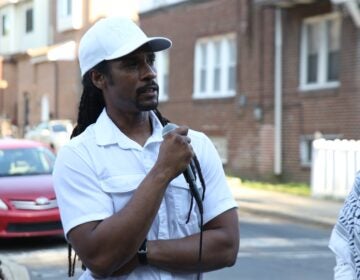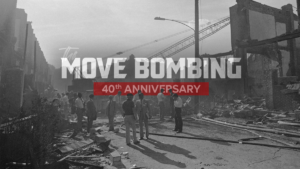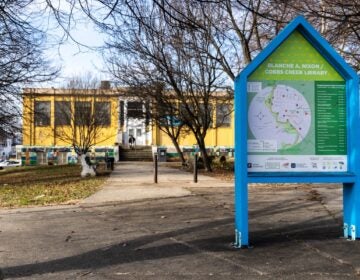40 years ago, Philly police bombed MOVE’s Osage Avenue compound. Mike Africa Jr. wants the home to memorialize the tragedy
The 1985 bombing claimed the lives of 11 people, including five children, and destroyed dozens of homes in the Cobbs Creek section of West Philadelphia.
Have a question about Philly’s neighborhoods or the systems that shape them? PlanPhilly reporters want to hear from you! Ask us a question or send us a story idea you think we should cover.
Homeowners typically take 30 years to pay off their mortgage.
Activist Mike Africa Jr. has no intention of waiting that long when it comes to the loan he took out two years ago on 6221 Osage Ave. — the former address of MOVE’s compound in Cobbs Creek.
And he’s hoping supporters and the city will help so he can memorialize the site.
“I don’t want to make this house some major tourist attraction where it doesn’t fit with the rest of the community. But I do want to use part of it where people can come in and see some kind of recognition for what happened to the people that died in that house,” said Africa, legacy director for MOVE, a group that emerged in the 1970s as a back-to-nature movement, but transformed into a Black liberation group that later sparked controversy and tension with law enforcement.

In 2023, nearly 40 years after the city notoriously bombed the heavily fortified compound, Africa bought the rowhouse that replaced the property top officials had let burn to the ground, along with more than 60 nearby homes.
It wasn’t easy, given the group’s contentious history, particularly on Osage. And Africa is barred from erecting any kind of memorial at the site until he outright owns the two-story property, which has led him to launch a fundraiser he hopes will bring in $400,000.
“Being that I am a MOVE member, being that I am Mike Africa, the stipulation that the mortgage company put on me is that the house can’t be used for anything other than a residential home. It can’t be turned into a memorial. It can’t be turned into a museum,” he said.
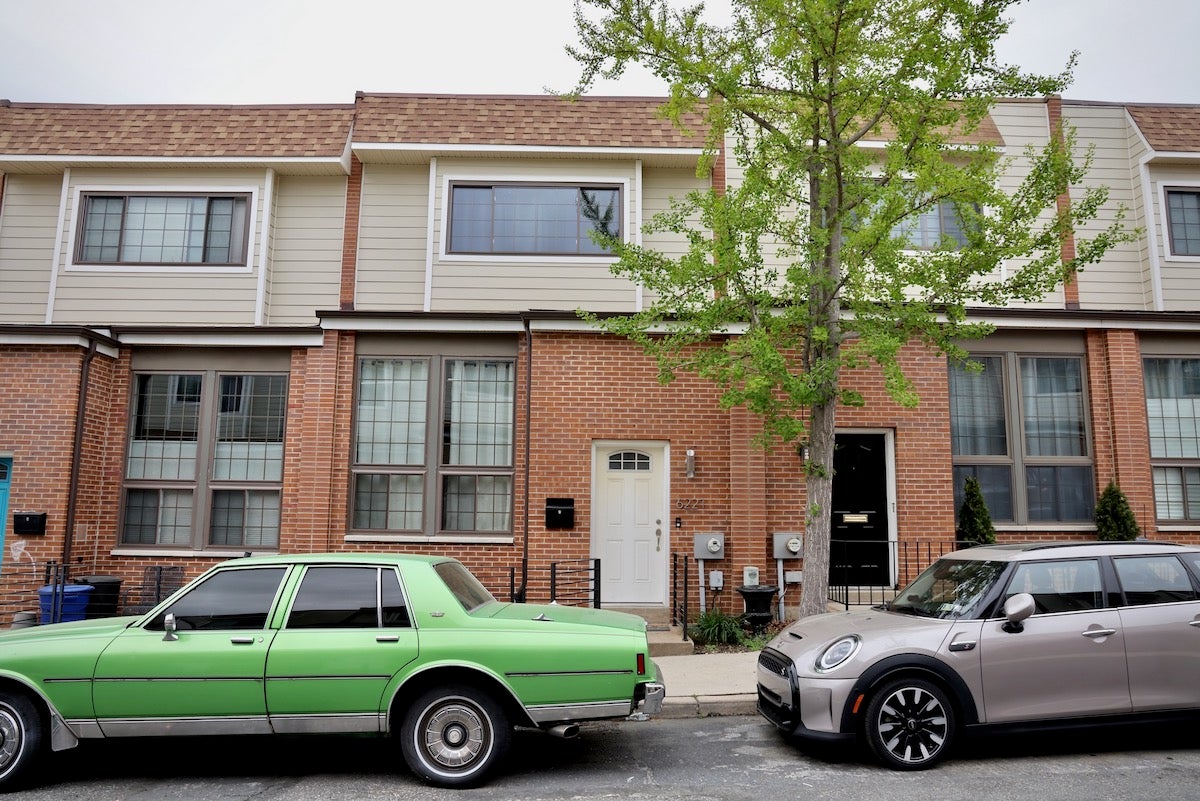
Africa acknowledged it may take years to complete the fundraiser and pay off the house. Still, he’s optimistic that people will contribute to the cause, which he described as an effort to “bring about some level of justice,” particularly for the 11 members of MOVE who were killed in the government-authorized airstrike: Founder John Africa, Tomaso “Boo” Levino, Delisha Orr, Zanetta Dotson, Phil Phillips, Katricia “Tree” Dotson, Theresa Brooks, Frank James, Raymond Foster, James Conrad Hampton and Rhonda Ward.
The MOVE victims were killed that day following an hours-long armed conflict between the organization and hundreds of police officers, who swarmed the block as part of an effort to evict the group from its barricaded compound, which served as its headquarters and drew community outrage.
“This isn’t something that I will just benefit from. This will be something that supports the memory of the community. This will be something that brings about some educational opportunities for people in the city,” said Africa.
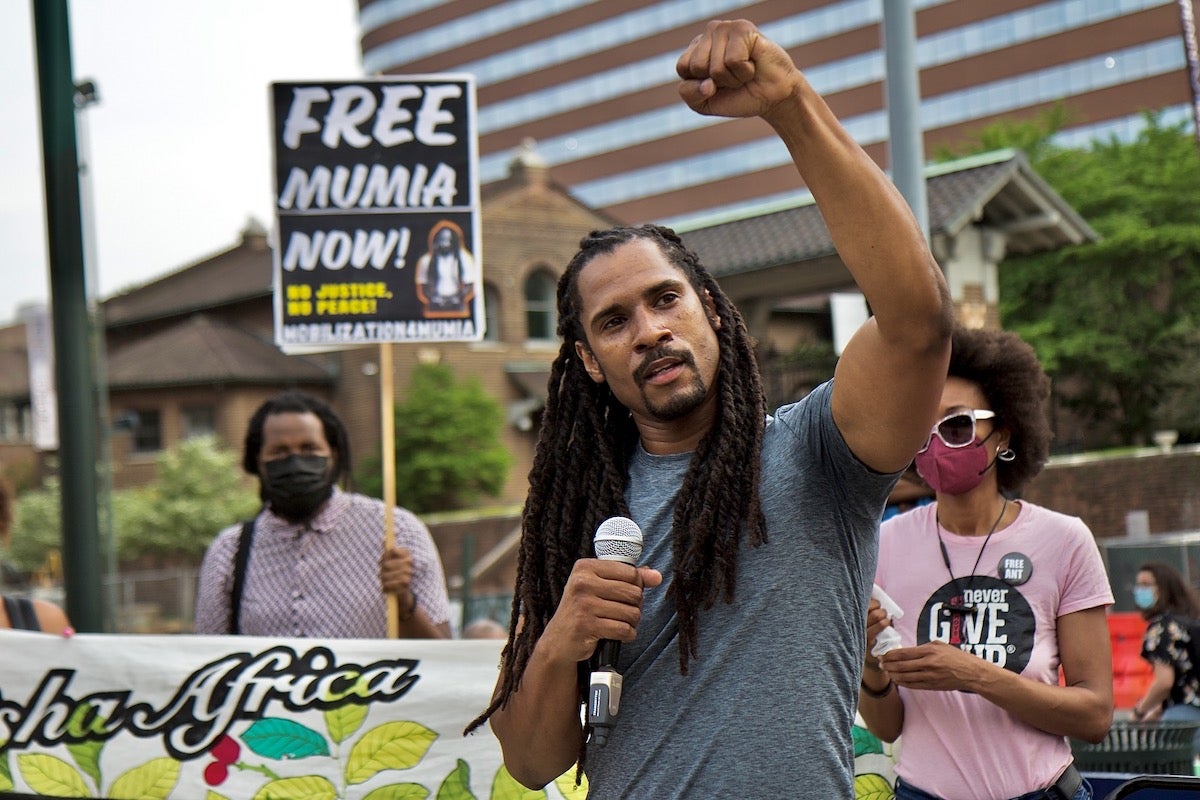
The city declined to comment, but the effort does have some political support.
“It is vital that we reflect on this painful moment in our history. We need to fully reckon with what happened that day so that nothing like it ever happens again. I applaud Mike Africa Jr. for turning his trauma into advocacy,” said City Councilmember Jamie Gauthier, whose district includes the neighborhood devastated by the bombing.
In 2020, City Council voted to formally apologize for the deadly bombing. Gauthier, who believes the city should support Africa’s fundraiser, introduced the resolution, which MOVE later rejected in a statement posted online.
Preserving history
At the moment, there is no memorial on Osage commemorating the bombing on May 13, 1985, a day considered one of, if not the, darkest and most shameful for Philadelphia.
The only tangible recognition of the tragedy is a state historical marker on 63rd Street near Osage. The blue-and-yellow sign was erected in 2017 after a group of private school students submitted an application with the help of their teacher.
For Africa, the marker doesn’t do enough to preserve a piece of history he says should never be forgotten — in Philadelphia and beyond.
“There’s never been a time where a government dropped a bomb on civilians in America that I’m aware of. And for people to not know about it, that’s a tragedy that adds to the tragedy of the bombing,” he said.
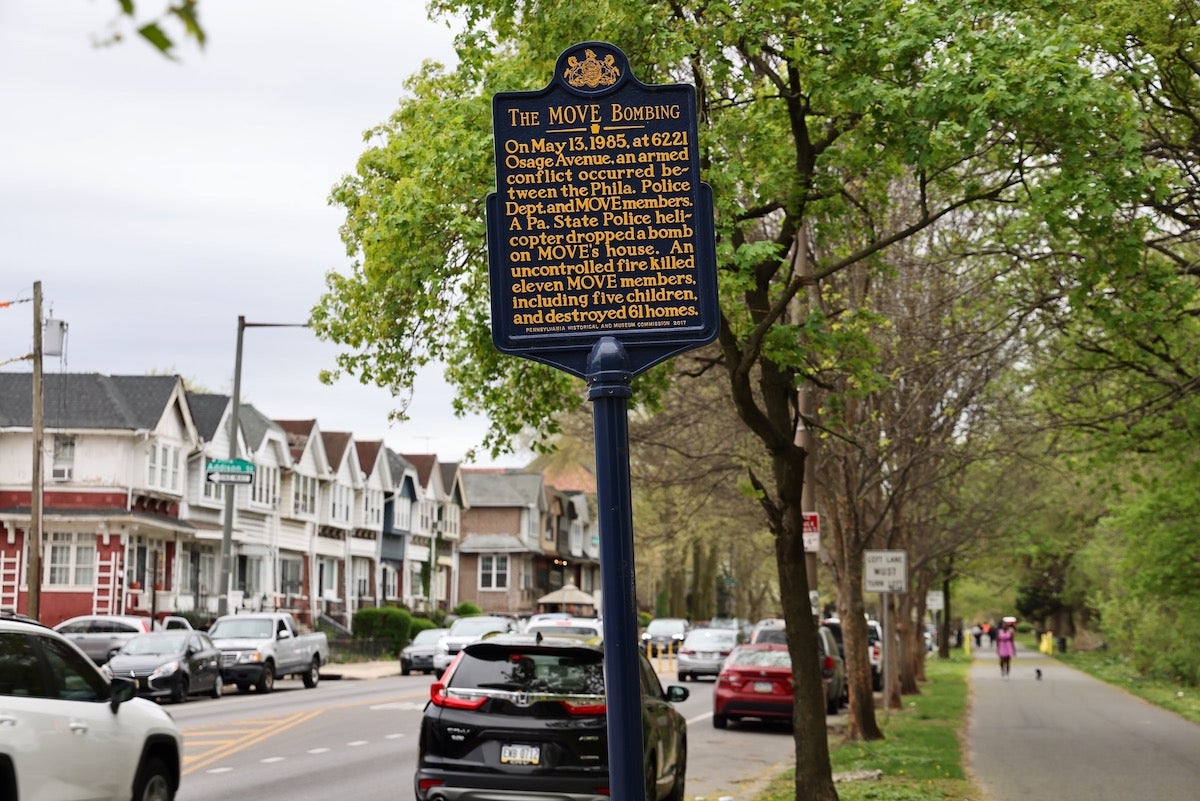
Africa’s fundraiser is also personal. He considers his mortgage payments part of the injustice perpetrated by the city on his family.
The original house, owned by Louise James, the sister of MOVE’s founder, was paid off before the bombing. Afterward, the property was among the dozens the city condemned and took ownership of through eminent domain.
The Africa family didn’t get it back until Mike purchased it on the private market with money he fundraised. The mortgage costs about $2,700 a month.
“They sold the house to a developer for $1 but wouldn’t sell it to us for $1,” said Africa, whose relatives live at the property.
The rest of the block in Cobbs Creek, a predominantly Black neighborhood, is largely made up of neighbors who moved in after the bombing.
Karla Hawkes has lived on Osage for four years. From the driver-side window of her black sedan, the 43-year-old said she “wouldn’t mind” having a memorial on the quiet residential street, which has attracted onlookers for decades.
“A lot of people still feel some kind of way about what happened and they like to come here to pay their respects,” Hawkes said.

Longtime resident James Taylor Jr. has more mixed feelings about the prospect of a memorial. While he doesn’t outright oppose the idea, he doesn’t support it either.
Taylor was 19 when the city dropped the bomb on MOVE’s compound, located across the street from his family’s home. He remembers having to vacate the block beforehand, and he remembers the first time he and his neighbors were allowed back.
It was weeks later and the block was unrecognizable, reduced to rubble.
“I’m literally watching all these grown men and I’m wondering why they’re crying,” said Taylor, 60. “And I figured it out. They lost everything they owned — that they worked for.”
Taylor’s dad was one of them.
“I never saw my father cry but one time when I lost my grandmother. And when my father walked up and seen his house, he just broke down,” he said.

To this day, Taylor blames MOVE for what happened on Osage Avenue, and he is eager to leave the block — and that history — behind.
Former members of MOVE may also take issue with Africa’s push to create a memorial on Osage. In interviews conducted years after the bombing, they have described the group as a manipulative cult that was physically and mentally abusive, WHYY’s Billy Penn reported.
In July 2021, three ex-MOVE members released a group statement explaining their decision to renounce the organization and speak out against it.
“We recognize that many MOVE members will be uncomfortable with inner circle knowledge being revealed publicly. However, continuing to promote the romanticized past of MOVE creates the conditions that allow for the ongoing suffering of many who were born into MOVE,” they wrote.
Restoring a community
Africa wants to put the memorial inside the house, potentially in the back of the basement area, where it’s believed the 11 members of MOVE were killed.
The plan, at least to start, is to require people to make an appointment to see the memorial.
“We don’t want people just showing up at odd times,” said Mike Africa Jr. “The fact that we’re doing this is already kind of uncomfortable for me seeing that the neighbors have already experienced so much.”
Soon after the bombing, the Philadelphia Redevelopment Authority chose Ebony Construction Company to rebuild the homes obliterated by the ensuing fire.
By the following summer, the properties were ready for residents. It soon became clear, however, that they were not built to last.
While the homes looked attractive enough, the construction work was shoddy, creating a nightmare for neighbors and the redevelopment authority, which now had to make repairs to brand-new homes meant to help these blocks heal.
In the early 2000s, the redevelopment authority offered to buy back the houses, and the majority of neighbors took the deal. Those who didn’t spent decades living among boarded-up and abandoned houses — constant reminders of the death and destruction that had upended the working-class neighborhood.
The rowhouse Mike Africa bought was one of 36 that real estate developers rehabbed and resold under a second contract awarded during former Mayor Jim Kenney’s administration, more than 30 years after the bombing.
AJR Endeavors purchased the long-vacant properties on the 6200 blocks of Osage Avenue and Pine Street from the redevelopment authority for $1 after an extensive vetting process.
Restoring them took more than two years. While the facades were generally in decent shape, the interiors had to be completely gutted to undo the careless work completed by the first contractor.
“Everything inside was pretty terrible aside from the framing,” said realtor Rodney Ross, who had teamed up with developers Anthony Fullard and James Robertson.
AJR spent more than $175,000 renovating each property, said Ross. Most of them sold for between $250,000 and $260,000.
Today, several of the properties are valued at more than $300,000, a sign to Fullard and his team that the neighborhood is stabilizing after decades of disinvestment, particularly in and around the former MOVE compound.
Between 2000 and 2024, the average home sale price in the immediate area has jumped dramatically from $29,803 to $170,980, according to data from the Reinvestment Fund.
“Our goal was to bring that community back together, bring about some healing,” Fullard said.
It’s a process that may never be fully complete.
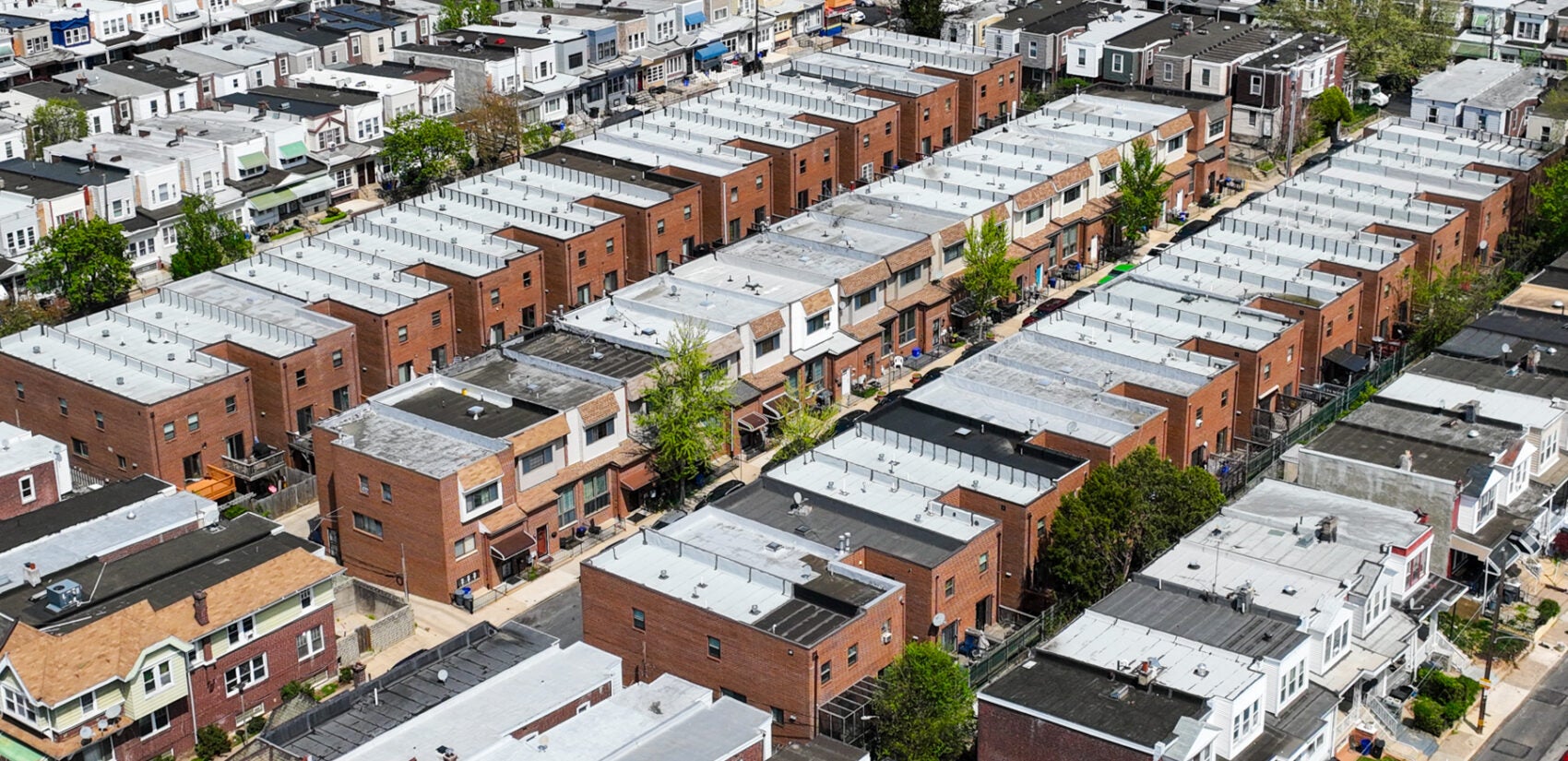


Subscribe to PlanPhilly
WHYY is your source for fact-based, in-depth journalism and information. As a nonprofit organization, we rely on financial support from readers like you. Please give today.




